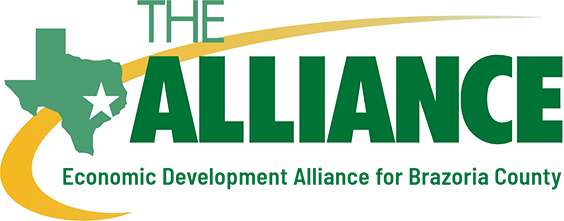TxDOT finalizes buyback of SH 288
AUSTIN – The Texas Department of Transportation (TxDOT) has completed the termination of the SH 288 Comprehensive Development Agreement (CDA). This historic move is expected to bring Texans future toll relief and more free lanes to drive in the Houston area.
“This is an extraordinary outcome for Texans. Not only will this bring future toll relief and additional free general purpose lanes for drivers, but the state is acquiring a $4 billion asset for $1.7 billion,” said TxDOT Executive Director, Marc D. Williams. “This type of buy-out is unprecedented in the United States and is a very big win for SH 288 drivers and our taxpayers.”
Tolling policies on the SH 288 managed toll lanes in Harris County will not change in the short term, due to a contractually required transition period. However, by transferring the project to state control, TxDOT anticipates that future toll rates will be able to be reduced and will escalate at a slower pace than allowed under the CDA. TxDOT also anticipates that future toll revenues will be able to fund on-going and future maintenance on SH 288, along with improvements like additional non-tolled lanes on a portion of the SH 288 corridor.
The state will now assume operations. Drivers should not expect to see any immediate changes regarding maintenance, operations, or billing. TxDOT will continue to manage traffic in the lanes to a target minimum of 45 mph.
TxDOT believes the cost of the “buy-out” provision in the contract is substantially below the value of future toll revenues on the corridor—even with the anticipated future reduction in toll rates. The “buy-out” payment of $1.7 billion is anticipated to be paid off with future toll revenue bonds (debt repaid by toll revenues), ensuring that other planned projects around Texas will proceed on schedule. This means the funds for the buy-out ultimately come from toll users.
TxDOT will begin plans to build two free general-purpose lanes along portions of SH 288 between IH 610 and Beltway 8 by no later than 2030 (one lane in each direction). Under the plan, the current six free general-purpose lanes in this area would widen to eight lanes, thereby matching the capacity that already exists north of IH 610 (four free lanes in each direction). These two additional free lanes are planned to be paid for by toll revenues.
